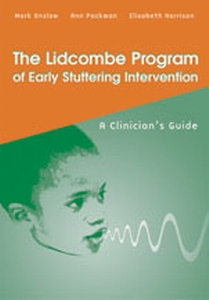Stuttering is a frustrating problem for kids and their parents, and about 5% of all preschoolers are found to stutter. The onset of the problem usually occurs between the ages 3 and 4. Opinions about intervention have been divided so far. Some voices called for early treatment, but there was no research to back up a better success rate. Others suggested that kids would outgrow the problem and it was early enough to seek treatment, if the stuttering persisted once the children were entering school.
Researchers tested a new behavioral program (the Lidcombe program) to establish whether early treatment intervention would show a better success rate as opposed to natural recovery. They conducted a study in which 54 children in the age group of 3 and 4 years were enrolled. All of them had a stuttering problem. 29 of them received the Lidcombe program, and 25 were a control group who did not receive the program.
At the end of the study the children of the control group had reduced their stuttering by 43 %, but only 15% had reached a minimum level of stuttering. The results of the children who had received the Lidcombe program were impressive: they had reduced their stuttering by 77%, and over half of them (52%) had reached a minimum level of stuttering.
The experts concluded that the Lidcombe approach is more successful than the normal discovery, and initiating the program early is crucial for the following reasons: it works best in preschoolers.
Also it is more beneficial to intervene early, as in school a child with a stuttering problem has to face frustration and social problems among classmates.
Reference: BMJ 2005; 331:659 (24 September)
Last edited December 6, 2012






